Review: The Story pushes at the boundaries of what theatre can be
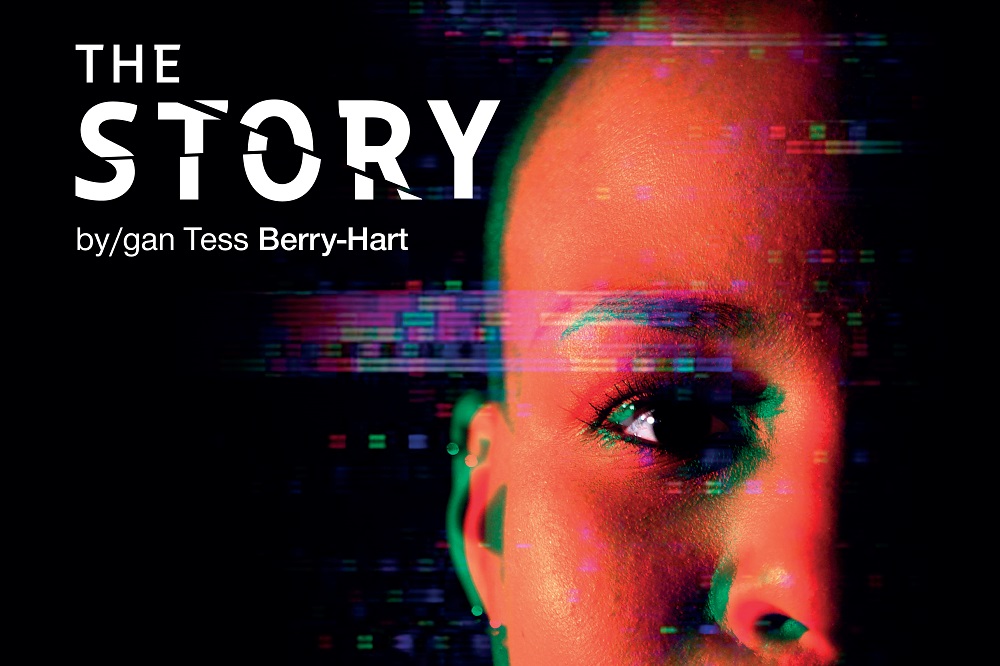
Emily Garside
The second in ‘The Violence Series’ at The Other Room, after American Nightmare, is Tess Berry-Hart’s The Story.
Directed by David Mercatali it is a cleverly constructive and engaging piece of theatre that balances storytelling and human engagement with a reflection on bigger issues.
The Story focuses on X (Siwan Morris) held in detention at the border, and V (Hannah McPake) her interrogator in various forms. Their story is followed over an indeterminate number of days, weeks, or months.
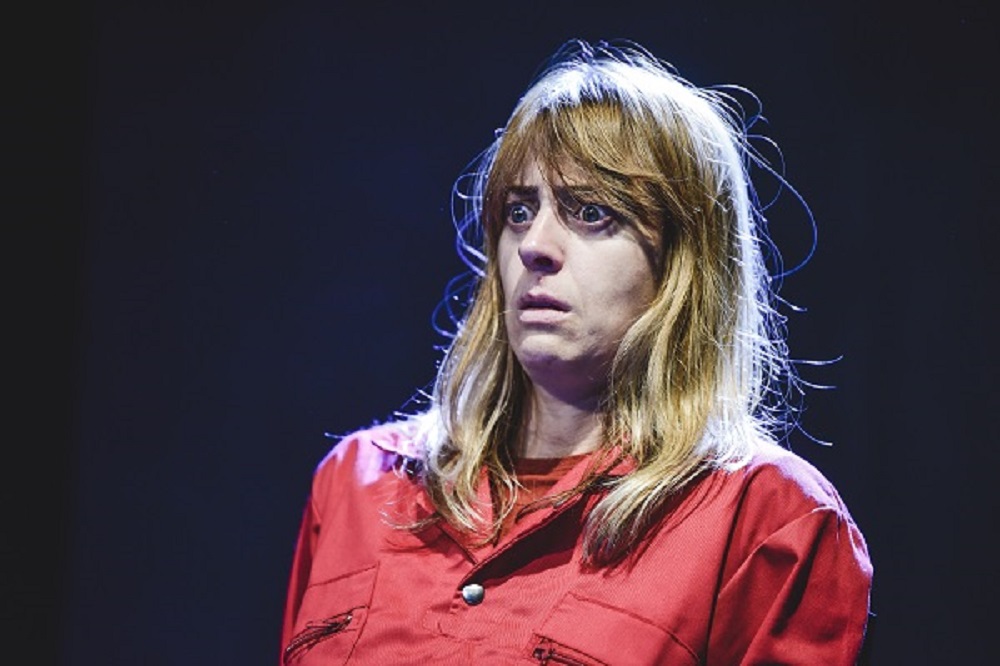
Asking questions of both X and the audience, The Story explores perspective on conflict – are the territories X and V talk of ‘occupied’ or ‘annexed’? – and the nature of the versions of stories we tell each other and ourselves about our place within and our interactions with the world.
The Other Room once again demonstrates what can be done in a small space. Delyth Evans has constructed a simple and effective set, that pulls the audience intimately into the action.
The raised platform at either side also gives every audience member a unique perspective on the interviews between X and V. Depending on where you’re sat, the version of the ‘story’ you see will be slightly different.
Endurance
Hannah McPake as V gets to play with a variety of personalities, signalled externally by a variety of quick changes and hats. In practice, McPake creates a range of characters with nuance and a dose of humour. Her subtle re-working of her characters across the different scenes is certainly a challenge for an actor, while retaining focus on the wider, complex narrative, but it’s one that she rises to without over-doing the differences or presenting her characters as caricatures.

The humour she injects into several of the scenes is also vital, ensuring that the piece isn’t bogged down in the necessary seriousness of other moments. The light and shade that McPake elicits elevates the humanity in Berry-Hart’s writing.
Siwan Morris gives a compelling performance as X. From her assured start as someone who was clearly on the right side of morality, to being broken down, confused and something else beyond.
She must perform unrelentingly throughout the play, and it’s an act of endurance directly reflecting the interrogation X goes through. Morris delivers it impeccably. She strikes a careful balance of always holding just enough back about the character and almost seeming to go to the edge of each emotion before withdrawing to make her place in the interrogation process seem entirely believable.
Just enough is left unsaid to leave us with a few unanswered questions to ponder, as Berry-Hart’s writing demands.
Mercatali’s direction balances stylistic elements that add to the here-but-not-quite air of the play, with a focus on the storytelling. And so, while stunning video projections and sound effects (realised by Simon Clode and Tic Ashfield) create a slick production that as ever exceeds expectations of what can be achieved in such a space, he’s also creative and quirky with the storytelling.
It’s an incredibly fluid direction that almost has a musicality in the undertones of the flow of the piece, highlighted perhaps by an unexpected but perfectly pitched moment of dance. Mercatali’s direction walks the line of surreal, abstract elements in the story perfectly alongside the humanistic realism that gives it its power.
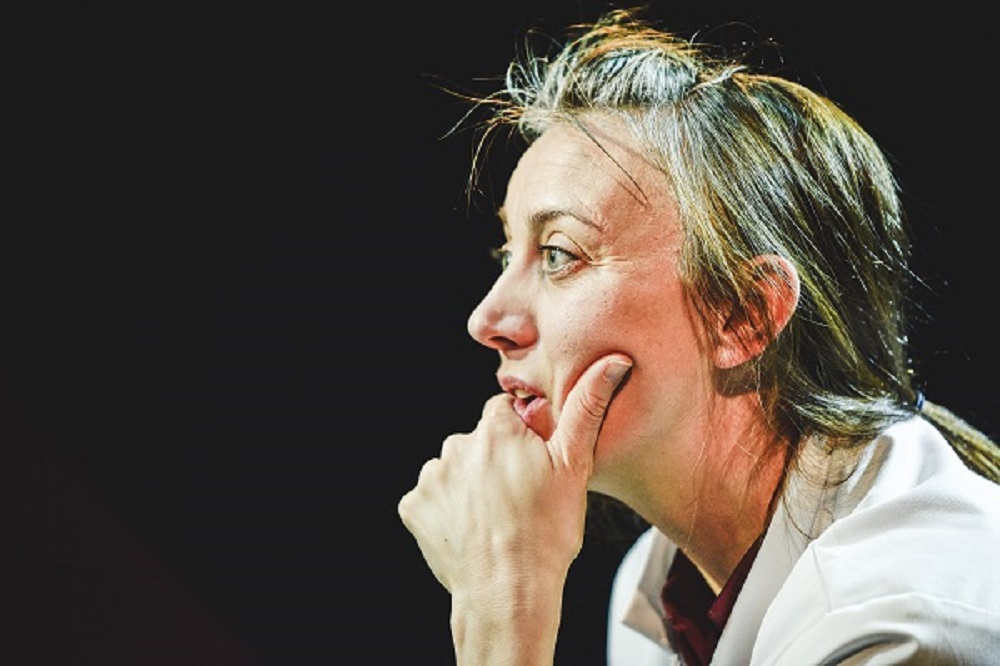
Beyond
It’s the human side, of course, that is the heart of Tess Berry-Hart’s script. Without the care taken over the characters within it the story it would be easier to emotionally disconnect – much as it is from similar news stories in our own ‘real world’.
Without being heavy-handed she drip-feeds elements of lives, humanistic storytelling, and identifying factors throughout the story. It’s clever – very clever – without ever needing to tell an audience how clever. It’s such a layered script that one viewing could never do it justice.
But Berry-Hart manages to incorporate subtle social and political commentary, elements of history and acute observations about society into the tightly written script. It’s an impressive achievement.
It’s a challenging play, without feeling like it’s talking down to an audience. It leaves unanswered questions – or perhaps debates for audience members to have with each other and themselves. But it’s very much an open debate – a set of questions about the play and the characters, yes, but about the world beyond too.
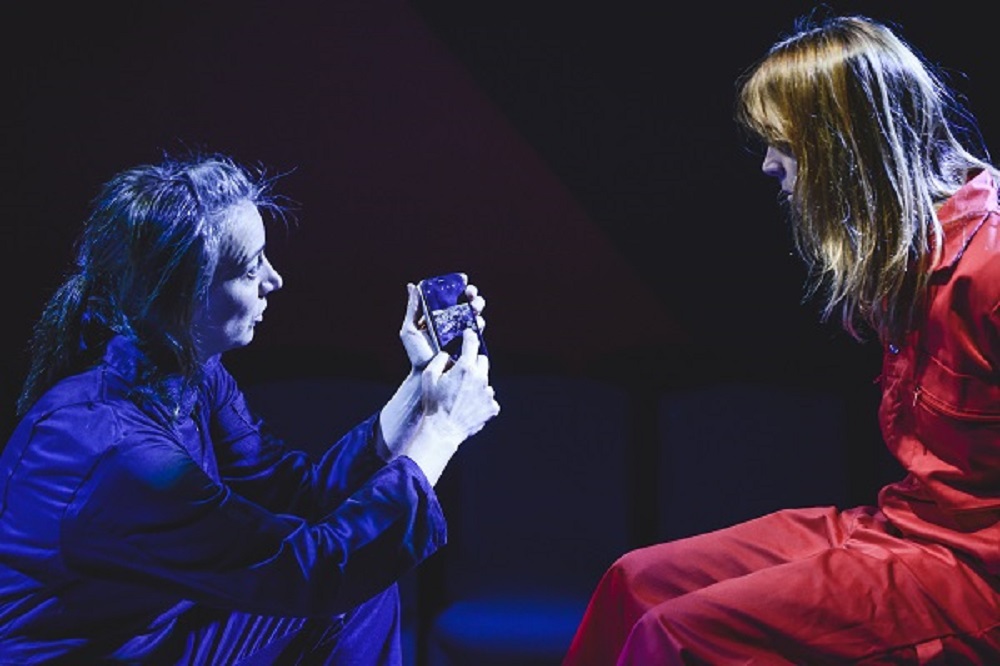
Intersectional
It’s important that X refers to her wife throughout, but also important that no particular point is made about it by V, or the wider story. In one respect this is exactly the kind of progress in representation that is needed – a person’s sexuality just ‘is’. It’s part of them, but not the point of the story.
But the choices made for the gender and sexuality of the characters are significant. And that is the additionally savvy, clever layer in Berry-Hart’s writing. While it isn’t the point of the story that X has a wife, it becomes significant because of the world we live in. Perhaps not as much to heterosexual audiences, but to member of the LGBTQ community, it will be – the treatment in the detention centre, the perception in the wider world, all these will play into how her ‘story’ is read.
And that’s as important a factor as the fact that the story is about two white women. The women element gives us one ‘read’ on the situation, the ‘white’ another. It’s strong, fascinating intersectional writing.
The one caveat of this being the need to incorporate Welsh references – it seems a thing Welsh writer can never avoid, and also one in a wider sense there’s a feeling of being pushed towards. We must always and only write about our own country for it to count.
And actually, in this instance it feels jarring, the ‘nowhere or anywhere’ sense of the detention centre and the country it’s in would have felt stronger without it. But for others, the sense of local alliance may strengthen its resonance.
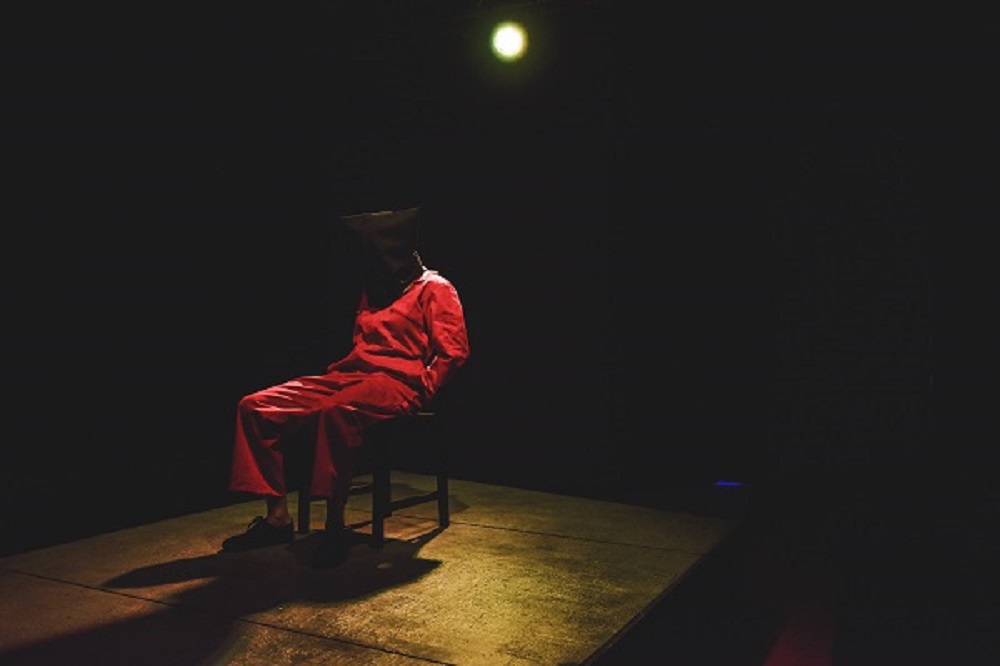
Boundaries
In both writing and production, The Story offers so much more than what appears on the surface. It’s the kind of play that could be experienced again and again and unravelled further each time.
It’s also one that has the potential if transposed to other locations, with other casts, at perhaps different times, to change its wider meaning – and that’s a fascinating thing for a play to have the potential to do.
Part of the point of The Violence series is to both push at the boundaries of what theatre can be, and push audiences to think and consider beyond what they’ve seen on stage. The Story does both.
Support our Nation today
For the price of a cup of coffee a month you can help us create an independent, not-for-profit, national news service for the people of Wales, by the people of Wales.





